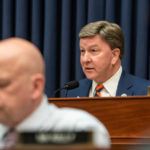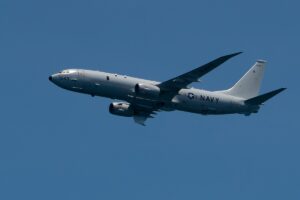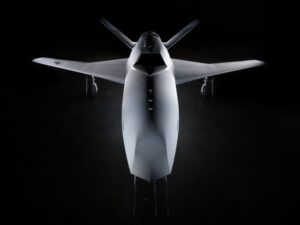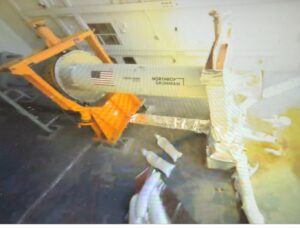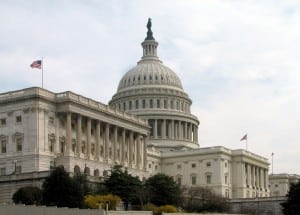
Following the release over the summer of an assessment of threats on the northern border, the Department of Homeland Security (DHS) in January plans to publish a new strategy for the northern border that will be followed later in 2018 by an implementation plan, a senior department official said on Tuesday.The updated Northern Border Strategy, which will replace a strategy document from 2012, will focus on three key areas: enhancing border security operations, securing and helping trade and travel, and…

 By
By 